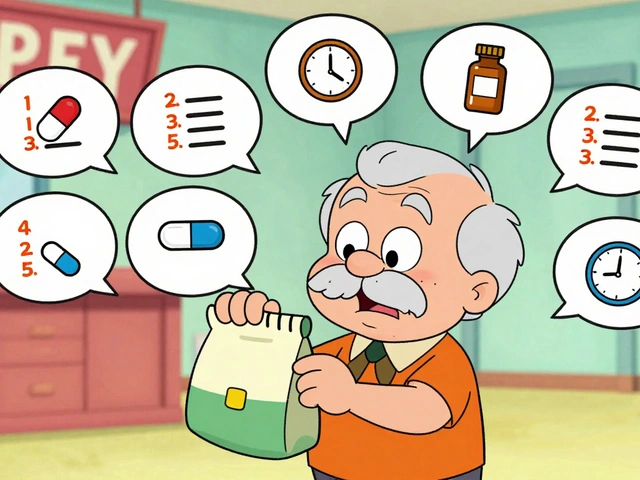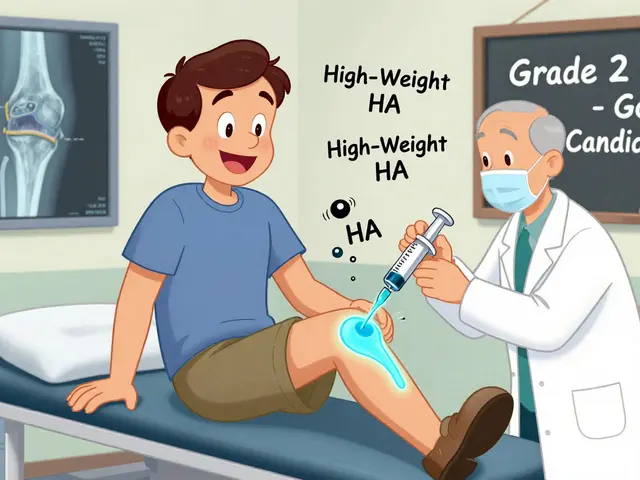Digoxin: what it does and how to stay safe
Digoxin is a long‑used heart drug that helps some people with heart failure and certain irregular heartbeats, especially atrial fibrillation. It can improve symptoms and help the heart pump more steadily, but it has a narrow safety margin. That means small changes in dose, kidney function, or other meds can cause problems fast.
How digoxin works
Digoxin strengthens the squeeze of the heart and slows electrical signals through the AV node. For heart failure, that extra squeeze can ease breathlessness and tiredness. For atrial fibrillation, slowing the heart rate helps with palpitations and reduces symptoms. The effect starts slowly and the goal is a steady, controlled dose rather than big swings.
Safety tips & interactions
Watch your kidneys. Digoxin is mostly cleared by the kidneys, so lower kidney function raises blood levels. Doctors adjust doses based on kidney tests. Low potassium or magnesium makes toxicity more likely; people who vomit or use diuretics need closer monitoring.
Learn the common warning signs. Early signs of digoxin trouble include nausea, poor appetite, belly pain, tiredness, confusion, slow heartbeat, and weird vision changes like blurring or seeing yellow halos. If you notice these, call your clinician or go to urgent care. Don’t wait for all symptoms to appear.
Mind your other meds. Several drugs raise digoxin levels or boost its effects: amiodarone, verapamil, diltiazem, quinidine, certain macrolide antibiotics (like clarithromycin and erythromycin), and some antifungals. Other drugs and supplements that lower potassium (some diuretics) increase risk. Tell every prescriber and pharmacist you take digoxin.
Don’t guess doses. Typical maintenance doses often fall around 0.125–0.25 mg daily for many adults, but the right dose depends on age, weight, kidney function, and other meds. Your doctor may check a blood digoxin level and electrolytes, especially when starting or changing other drugs.
Practical daily tips: take digoxin the same way each day (with or without food as prescribed), keep a list of all medicines and supplements, and get labs on schedule. If you miss a dose, follow your prescriber’s instructions or ask the pharmacist—don’t double up without guidance.
In emergencies — very slow pulse, fainting, severe vomiting, or severe visual changes — seek emergency care. There is a specific antidote for severe digoxin poisoning, and hospitals treat dangerous cases with fluids, monitoring, and specialist care.
If you have questions about interactions, side effects, or whether digoxin is right for you, bring your medication list to your next visit. Small changes in health or meds matter with digoxin, so regular check‑ins help keep you safe and feeling better.




